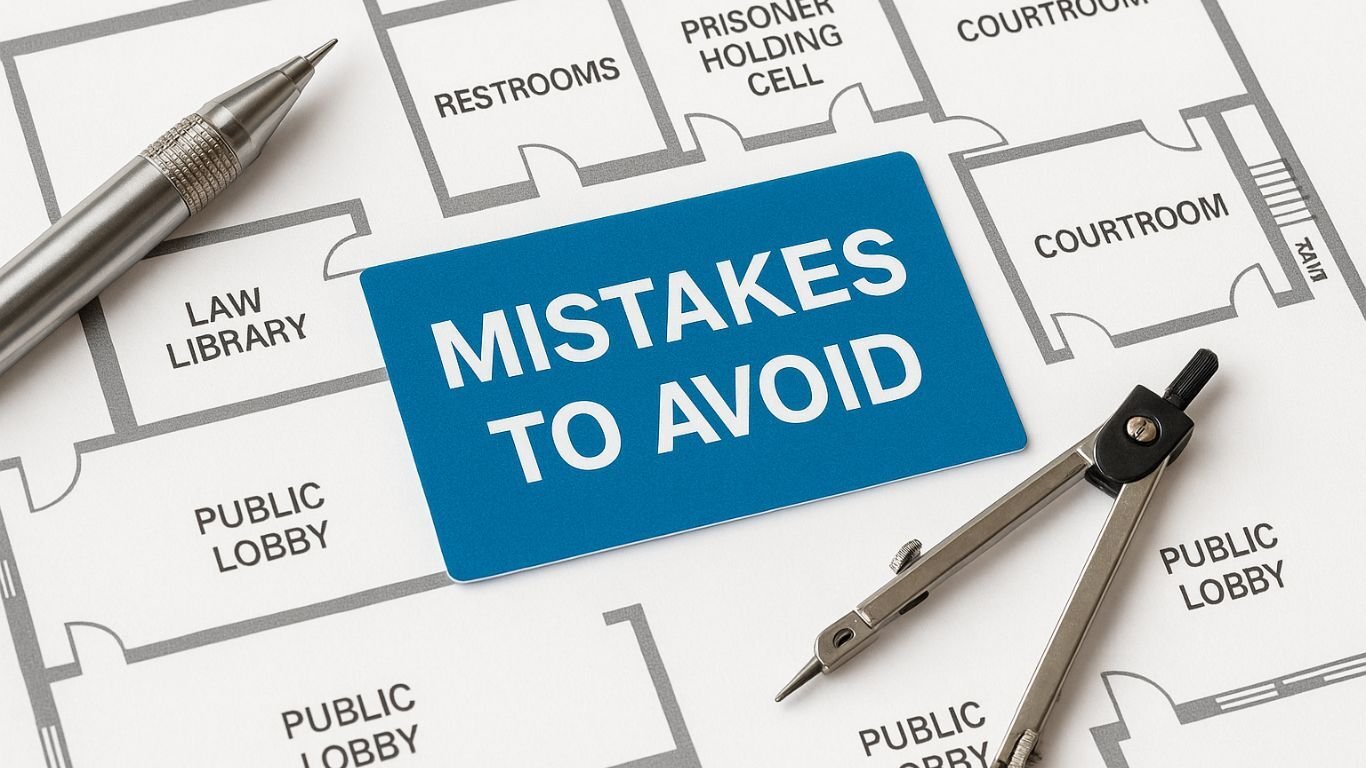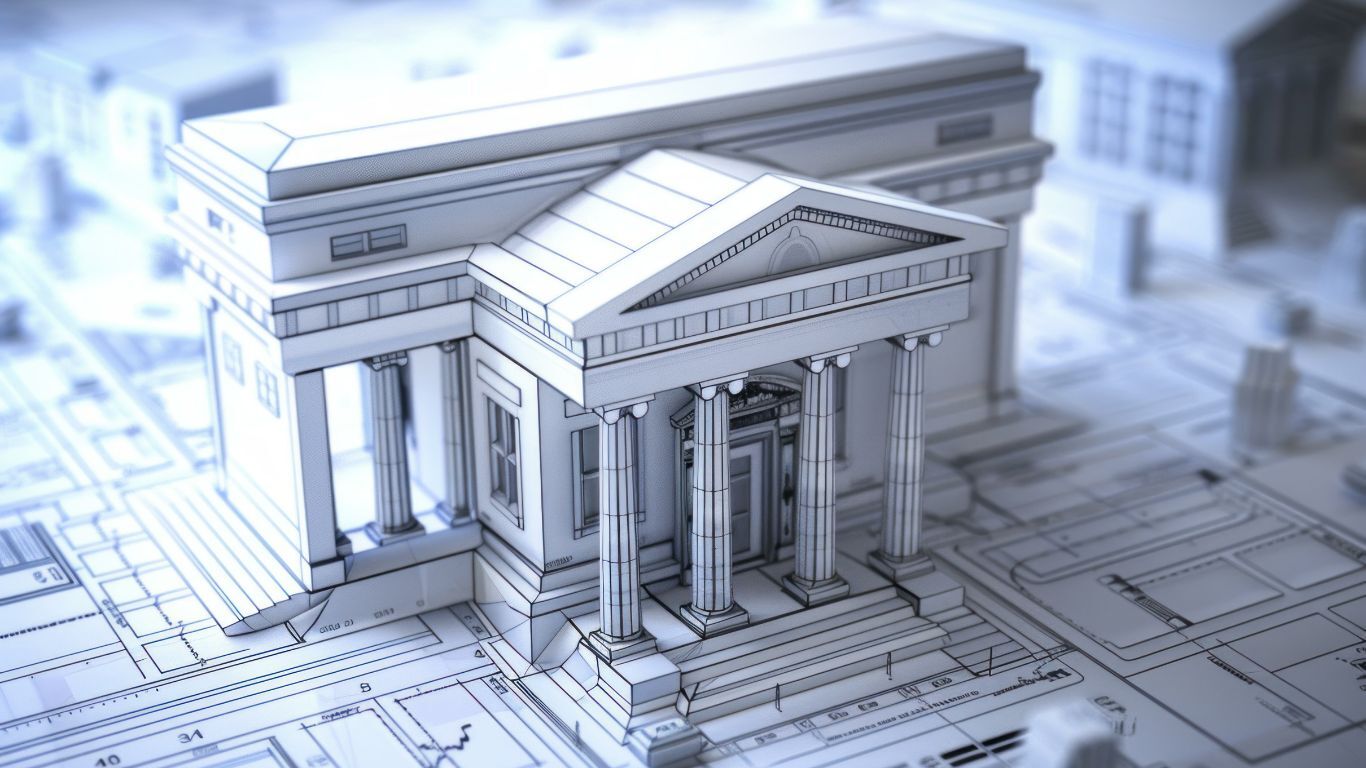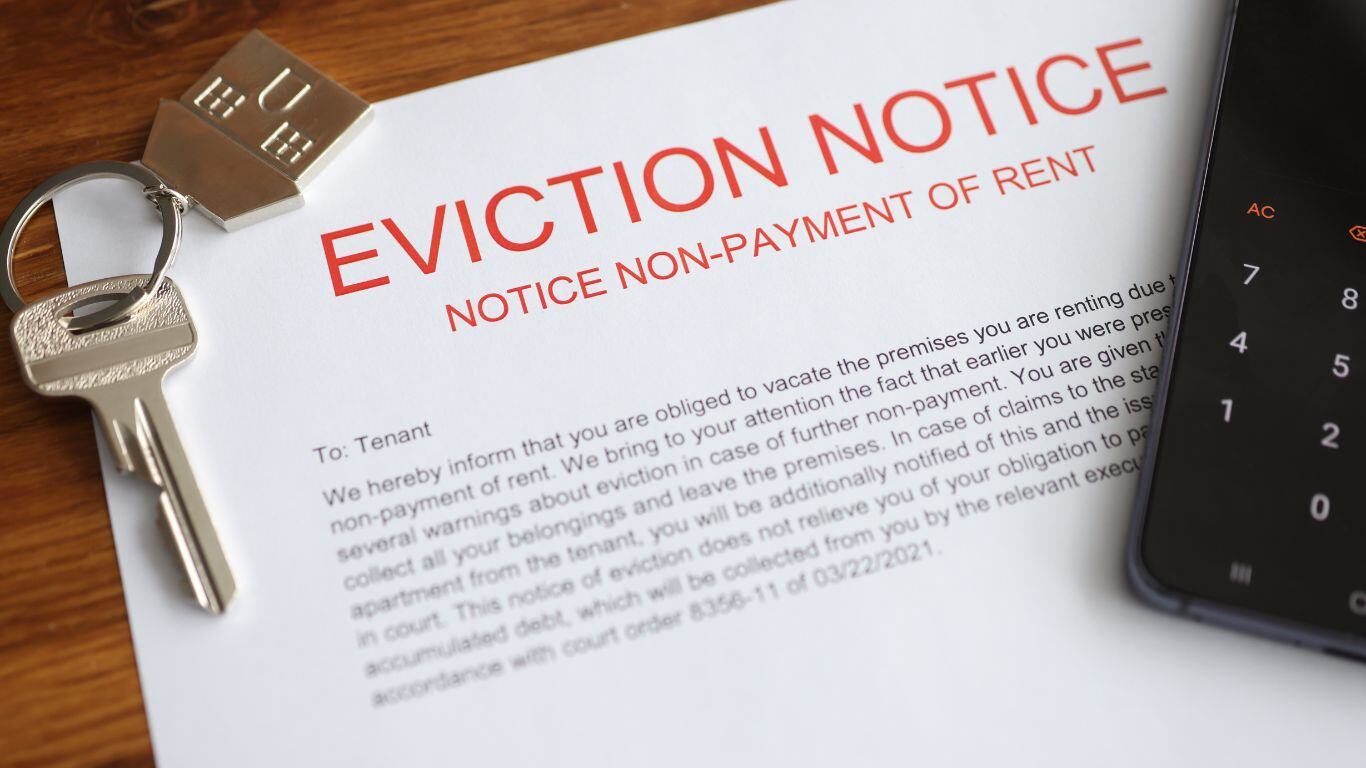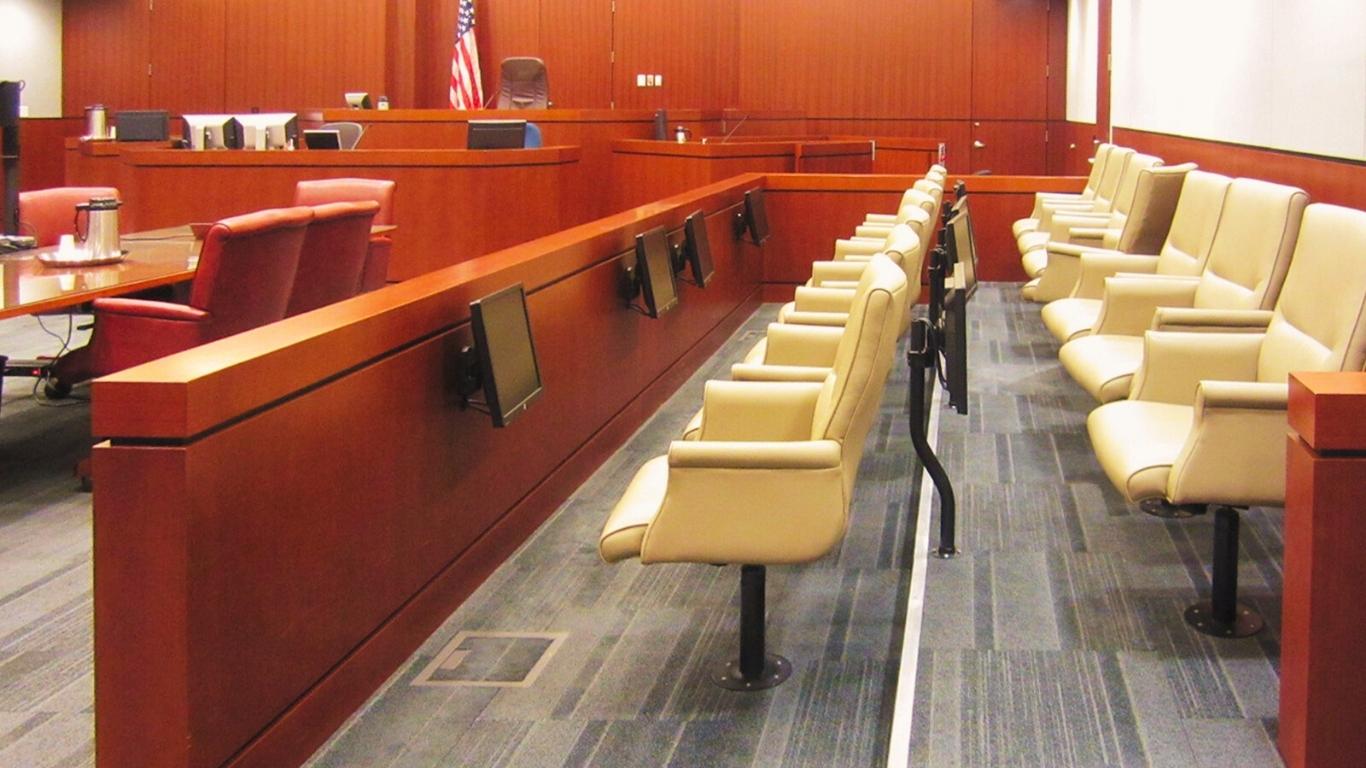The courthouse planning needs assessment sets the stage for the other elements in the design and construction process (I like to call it a catalyst for design/construction). Therefore, the more engaged the court components are in the needs assessment, the better the results for the future of the courthouse, and the fewer changes necessary during the more expensive design and construction phase (a good needs assessment pays for itself many times over).
When I first started courthouse planning, I spoke with a gentleman who managed the design and construction process for the local government real estate office. When I asked him how his office developed the needs for a new court project, he replied, “We asked the clerk of the court to specify the five-year needs for the court.” Two things about this statement immediately jumped out to me:
(1) there are many components to a court, and the clerk of court does not speak for all of them, and
(2) it can take ten years or more to plan, fund, design, and construct a major renovation project or new courthouse, so planning for just five years would always ensure that the courthouse would be out of space
Court Planning Team Components
One of the first actions that should occur in a needs assessment is to meet with representatives from all of the court and related components involved in the future of the courthouse. For example, when performing a needs assessment for a criminal court, the components should include representatives from the judges, clerk’s office (court services, court administrator), probation (pretrial, parole), prosecutor, public defender, and the organization responsible for courthouse security and prisoner management (sheriff’s office, court security officers). Of course, different jurisdictions, such as the civil court, family court, appeals court, etc., will have various court components. We call this collection of court and related components the court planning team.
Why would you want all these courts and related components assembled for a meeting as a court planning team? The simple answer is that all organizations have needs impacting the courthouse. Also, one organization’s workload will likely impact another, especially in a criminal court. It is difficult to get a full picture of the workload, which drives the need for personnel and space, without including all the components in the discussion. The added benefit is that the dialogue surrounding a discussion of trends is much richer and more meaningful to all the participants.
When possible, this dialogue should be structured so that organizations that are “upstream" in the workload flow contribute to the group dialogue first, followed by organizations contributing as the workload flows “downstream.” Going back to the criminal court example, it would be beneficial to hear from the prosecutor’s office regarding trends, new policies, personnel hires, etc., as the workload in the prosecutor’s office will impact trends for the rest of the court planning team. I often hear comments like, “Now that I know what the prosecutor’s office expects regarding workload and resources, I can better plan for my own office.” In this case, “my own office" could be court services, public defender, probation, etc.
The types of data to be considered and discussed by the court planning team include:
- Drivers of workload – demographic and economic trends, policy changes, new initiatives, task forces, and other factors that impact workload
- Workload – both historical and projected
- Personnel – both historical and projected
- Space projects – recent projects and ongoing/planned projects to improve space in the courthouse
In working through the above data and information, the court planning team can gain a clearer picture of all the demands impacting the courthouse. One of the most critical aspects of this process is that the court planning team develops a shared, common vision for the court. Such a vision helps to unify the court components with a common mission to improve the courthouse.
Court Planning Team Dynamics
Often, the court planning team becomes a unified group. Given that acquiring new space or renovating existing space can take many years, the court planning team must stay unified. The design and construction process is a marathon, not a sprint. It is recommended that even when the needs assessment portion of this process has been completed, representatives from the court planning team continue to meet regularly so that they can be aligned through the funding, design, and construction process.
Setting up a court planning team is one of the critical first steps in performing a successful needs assessment. A focused and unified court planning team can significantly help achieve the vision of a better-functioning courthouse.



















